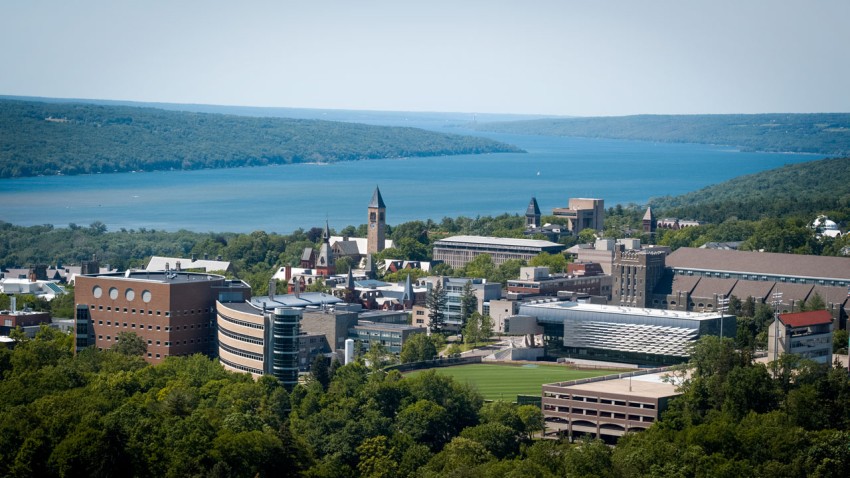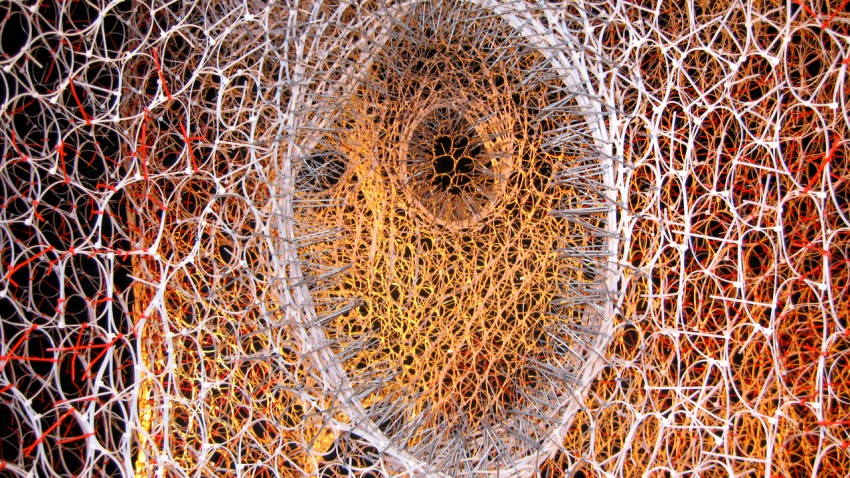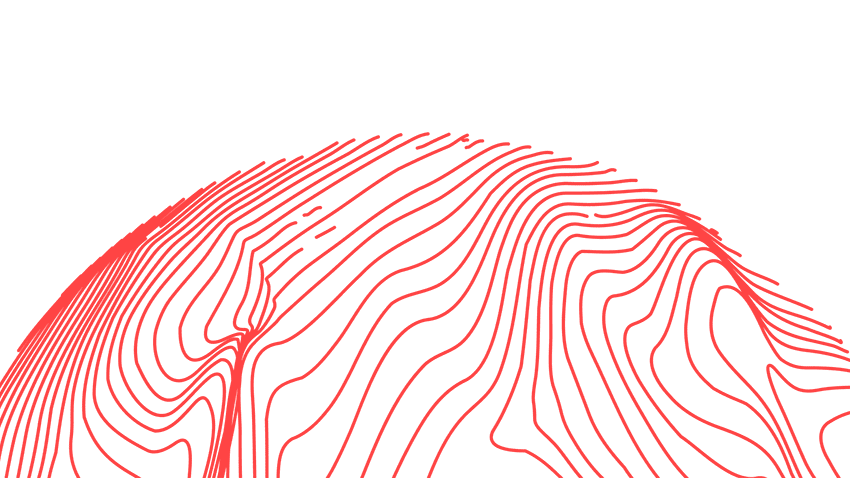
- Graduate Field Affiliations
- Biomedical and Biological Sciences
- Biomedical Engineering
- Genetics, Genomics and Development
- Mechanical Engineering
- Stem Cell Biology (minor)
Biography
Prof. Butcher’s research initiative focuses on understanding the roles of mechanical forces in shaping cardiovascular morphogenesis and adult disease with an emphasis on heart valves. His long-term objectives are to use developmental paradigms to discover novel disease paradigms and regenerative strategies. He pursues three research thrusts:
- Cardiovascular developmental mechanobiology. We are working to understand the complex engineering that drives the formation and function of the embryonic heart and its valves. We develop novel animal models of defective cardiogenesis and valvulogenesis using microsurgical and genetic approaches, and complement them with complex in vitro morphogenic organoids. We have innovated unique experimental tools to quantify how the local biomechanical and hemodynamic environment is altered as well as downstream morphogenesis. We further implement novel microfabricated mechanobiological test beds and imaging methods using Micro-computed tomography and ultrasound. We also conduct computational simulations of hemodynamic and mechanics using anatomically precise geometries of normal and malformed hearts, implementing spatial transcriptomics to elucidate local mechanobiological control mechanisms. Our long-term goal is to apply the governing engineering principles we identify to shift mechanobiological signaling to rescue malforming cardiac anatomy and enable long-term function.
- Developmental paradigms in postnatal valve disease. Numerous postnatal diseases involve cell and tissue changes that mimic immature developmental phenotypes. Examples include myxomatous valve disease and valve sclerosis. We have discovered several proteins with unique expression patterns and functions in embryonic and adult valve mechanobiology. We have developed knockout and transgenic mice to study these proteins in this context, as well engineered tissue models and bioreactor systems capable of exposing these tissues to defined multimodal mechanical stimulation regimens. Long term goals will be to translate these findings into unique ligands and/or peptides with specificity to heart valve cells and efficacy to manage clinically relevant stages of heart valve disease.
- Heart valve tissue engineering. We focus on engineering living complex tissue characteristics (shape, heterogeneity, anisotropy) via innovating 3D tissue printing technology. We have created living valved conduits incorporating native cellular interactions and defined matrix environments through patented and patent pending technologies. As our understanding of embryonic valvular maturation develops, we translate this “natural engineering” blueprint to improve the mechanobiological maturation of engineered heart valves for age and tissue specific applications. We then translate these designs through bioreactor conditioning and preclinical animal model testing. We further engineer and implement biomaterial modifications to stably endothelialize mechanical valve prostheses and encourage mature valvular cell phenotype development from stem/progenitor sources.
Research Interests
- Computer Aided Diagnosis
- Biomedical Imaging and Instrumentation
- Biomechanics and Mechanobiology
- Molecular and Cellular Engineering
- Computational Mechanics
- Computational Fluid Dynamics
- Fluid Dynamics and Rheology
- Computational Solid Mechanics
- Rapid Prototyping
- Mechanics of Biological Materials
- Biomedical Engineering
- Bioengineering
- Image Analysis
- Microfluidics
- Systems and Synthetic Biology
- Tissue Engineering and Biomaterials
Select Publications
-
Gee TW, Richards JM, Mahmut A, Butcher JT. “Valve endothelial-interstitial interactions drive emergent complex calcific lesion formation in vitro.” Biomaterials. 2021 Feb;269:120669. doi: 10.1016/j.biomaterials.2021.120669. Epub 2021 Jan 8. PMID: 33482604.
-
Mantri, M., Scuderi, G.J., Roozbeh, A., Wang, M., McKellar, D., Butcher, J.T.*, De Vlaminck, I*. “Spatiotemporal single-cell RNA sequencing of developing hearts reveals interplay between cellular differentiation and morphogenesis.” Nature Communications. 2021 Mar 19;12(1):1771. PMID: 33741943 PMCID: PMC7979764. DOI: 10.1038/s41467-021-21892-z. *Denotes co-corresponding author.
-
Farrar EJ, Hiriart E, Mahmut A, Jagla B, Peal DS, Milan DJ, Butcher JT*, Puceat M*. “OCT4-mediated inflammation induces cell reprogramming at the origin of cardiac valve development and calcification.” Sci Adv. 2021 Nov 5;7(45):eabf7910. doi: 10.1126/sciadv.abf7910. Epub 2021 Nov 5. PMID: 34739324. PMCID: PMC8570594 DOI: 10.1126/sciadv.abf7910 *Denotes co-corresponding authors. Highlighted in the New England Journal of Medicine: https://www.nejm.org/doi/10.1056/NEJMcibr2200439
-
BJ Albert, C Wang, C Williams, JT Butcher. “Non-planar embedded 3D printing for complex hydrogel manufacturing” Bioprinting Volume 28, December 2022, e00242 https://doi.org/10.1016/j.bprint.2022.e00242.
-
M Wang, BY Lin, S Sun, C Dai, F Long, JT Butcher. “Shear and hydrostatic stress regulate fetal heart valve remodeling through YAP-mediated mechanotransduction.” eLife 2023 Apr 20;12:e83209. PMID: 37078699. PMCID: PMC10162797 DOI: 10.7554/eLife.83209.
Select Awards and Honors
- Fellow, Howard Hughes Medical Institute Gilliam 2023
- Elected Fellow, American Society of Mechanical Engineers (ASME) 2021
- Elected Fellow, American Institute for Medical and Biological Engineering (AIMBE) 2019
- Elected Fellow of the American Heart Association 2018
- NSF CAREER Award, National Science Foundation (NSF) 2010
Education
- B.S./M.S., Mechanical and Aerospace Engineering, University of Virginia 2000
- Ph.D., Mechanical Engineering, School of Mechanical Engineering, Georgia Institute of Technology 2004
- Postdoc, Developmental Biology/Pediatric Cardiology, Medical University of South Carolina 2007



